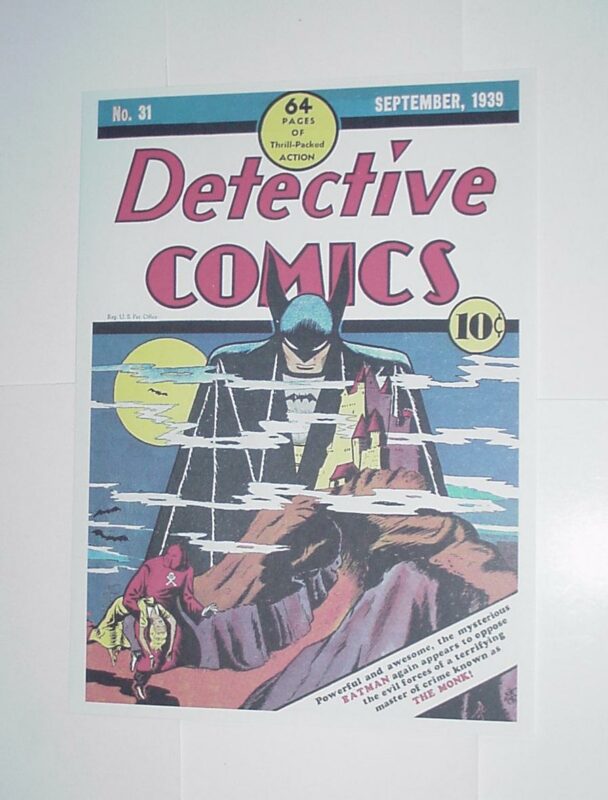Description
When I created the Batman in 1939, Bob Kane once observed, “he was a dark, brooding vigilante.” He was also darn near a supernatural figure, as this early Detective Comics cover shows. To entice newsstand browsers to buy the title of “Batman vs. the Vampire,” Kane shows his hero looming spectrally over a gothic castle, swathed in mist and seemingly all-seeing. It was such a powerful image that Neal Adams paid homage to it more than thirty years later on the equally dramatic cover of Batman #227 (December 1970). The gothic vein in Batman mythology was a rich one, to be mined in future years by the likes of Adams, writers Denny O’Neil and Grant Morrison and artists Gene Colan, Dave McKean and Klaus Janson among others. The red-hooded figure in the foreground is the Monk, the vampire of the story’s title, whom the Batman dispatches with a silver bullet at the conclusion of this two-part adventure. This issue also marks the first appearance of some seminal “Bat” gadgets including the “Bat gyro” flying machine and the incredibly handy Batarang. “The original Batman was dark and foreboding. The Batman saga is essentially about the night- and shadows in the night. And the fact that somebody in those shadows is on your side.”- Denny O’Neill. The cover to Detective Comics Volume 1 #31: Batman Versus the Vampire (Part I)! Batman discovers that his fiancée Julie Madison, while under a hypnotic spell, had recently tried to murder a man. Bruce takes her to see a therapist who recommends therapy and an extended vacation to France and Hungary – “the land of werewolves!” Determined to keep an eye on her, Bruce attends the vacation voyage with Julie. On the boat, Batman finds Julie falling under another hypnotic trance. The man responsible for Julie’s state is a masked figure known as the Monk. The Monk and Batman clash on the boat, and the Batman later chases him to a laboratory in Paris. In Paris, Batman breaks into the Monk’s headquarters and falls victim to a trap. Batman escapes from the various traps and chases the Monk out of the castle. He knows that the Monk likely traveled to his estate in Hungary and plans on following him there. The Mad Monk (referred to here as the Master Monk) is Batman’s first masked, super-powered adversary. Bob Kane (born Robert Kahn; October 24, 1915 – November 3, 1998) was an American comic book artist and writer, credited along with Bill Finger as the creator of the DC Comics superhero Batman. He was inducted into both the comic book industry’s Jack Kirby Hall of Fame in 1994 and the Will Eisner Comic Book Hall of Fame in 1996. In early 1939, DC’s success with the seminal superhero Superman in Action Comics prompted editors to scramble for more such heroes. In response, Bob Kane conceived “the Bat-Man.” Kane said his influences for the character included actor Douglas Fairbanks’ movie portrayal of the swashbuckler Zorro, Leonardo da Vinci’s diagram of the ornithopter, a flying machine with huge bat-like wings; and the 1930 film The Bat Whispers, based on Mary Rinehart’s mystery novel The Circular Staircase. Bill Finger joined Bob Kane’s nascent studio in 1938. An aspiring writer and part-time shoe salesperson, he had met Kane at a party, and Kane later offered him a job ghost writing the strips Rusty and Clip Carson. He recalled that Kane “…had an idea for a character called ‘Batman’, and he’d like me to see the drawings. I went over to Kane’s, and he had drawn a character who looked very much like Superman with kind of … reddish tights, I believe, with boots … no gloves, no gauntlets … with a small domino mask, swinging on a rope. He had two stiff wings that were sticking out, looking like bat wings. And under it was a big sign … BATMAN.” Finger said he offered such suggestions as giving the character a cowl and scalloped cape instead of wings; adding gloves; leaving the mask’s eyeholes blank to connote mystery; and removing the bright red sections of the original costume, suggesting instead a gray-and-black color scheme. Finger additionally said his suggestions were influenced by Lee Falk’s The Phantom, a syndicated newspaper comic strip character with which Kane was familiar as well. Finger, who said he also devised the character’s civilian name, Bruce Wayne, wrote the first Batman story, while Kane provided art. Kane, who had already submitted the proposal for Batman at DC and held a contract, is the only person given official company credit for Batman’s creation. Comics historian Ron Goulart, in Comic Book Encyclopedia, refers to Batman as the “creation of artist Bob Kane and writer Bill Finger”. According to Kane, “Bill Finger was a contributing force on Batman right from the beginning. He wrote most of the great stories and was influential in setting the style and genre other writers would emulate … I made Batman a superhero-vigilante when I first created him. Bill turned him into a scientific detective. The character debuted in Detective Comics #27 (May 1939) and proved a breakout hit.
Related products
-
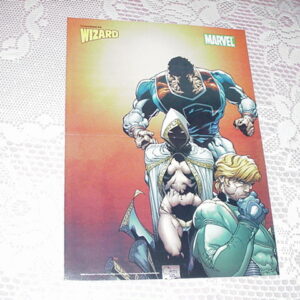
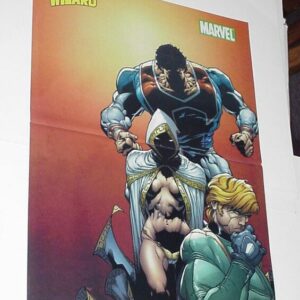
Supreme Power Poster # 1 Joe Quesada Hyperion Doctor Spectrum Squadron
$29.99 Add to cart -
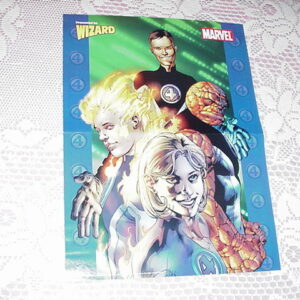

Ultimate Fantastic Four Poster # 1 Bryan Hitch Reed Johnny Sue Ben
$39.99 Add to cart -
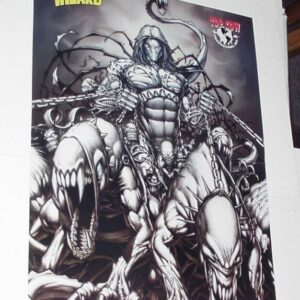
Darkness Poster # 4 Dale Keown Darklings in Chains Pitt Hulk
$29.99 Add to cart -
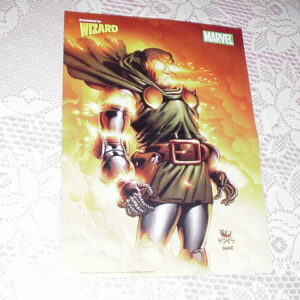
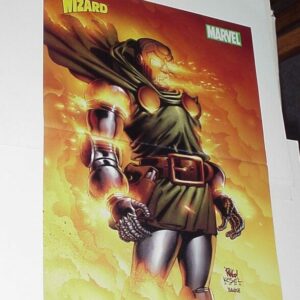
Doctor Doom Poster # 3 Triumphant by Mike Wieringo Fantastic Four 67
$34.99 Add to cart


